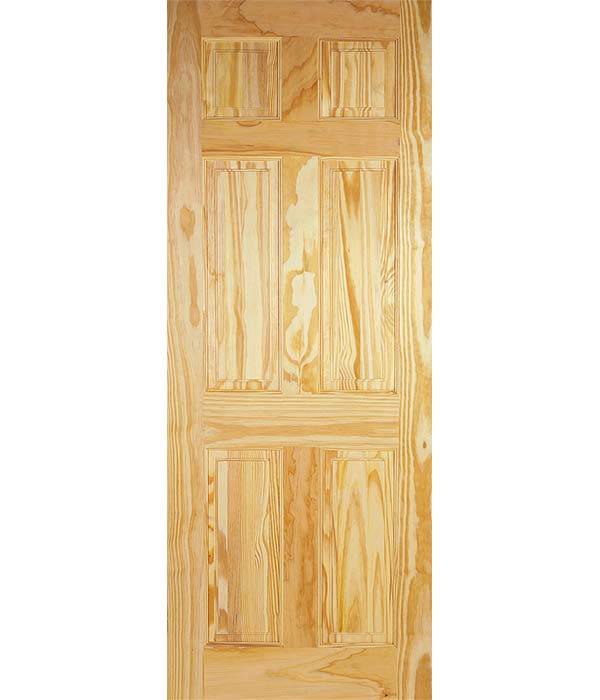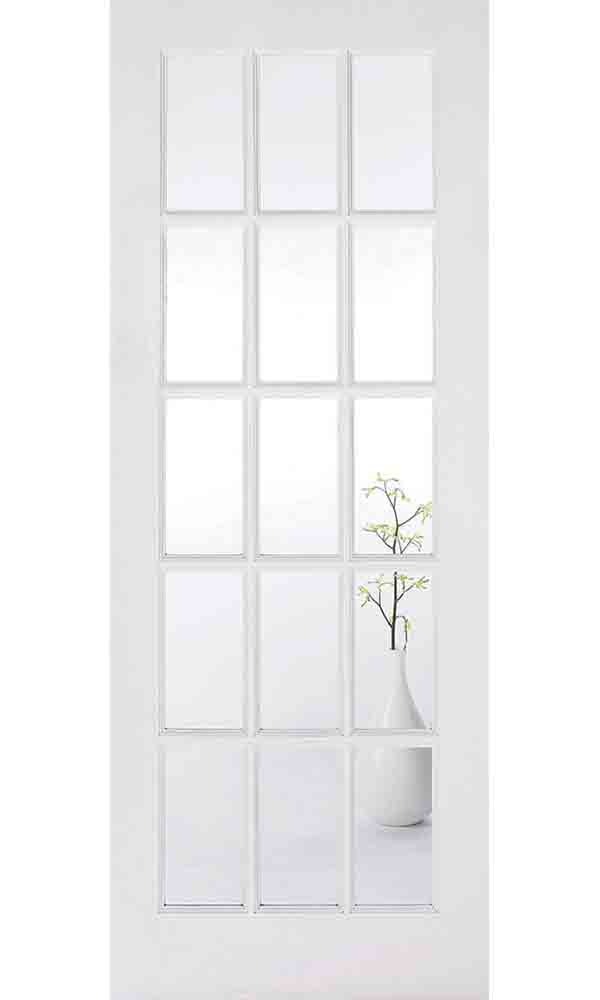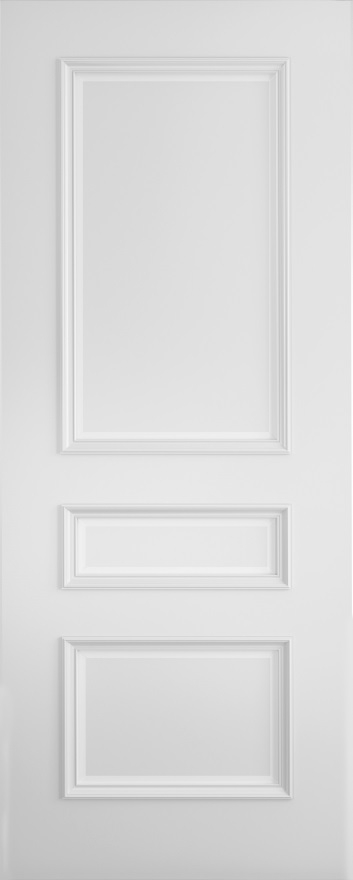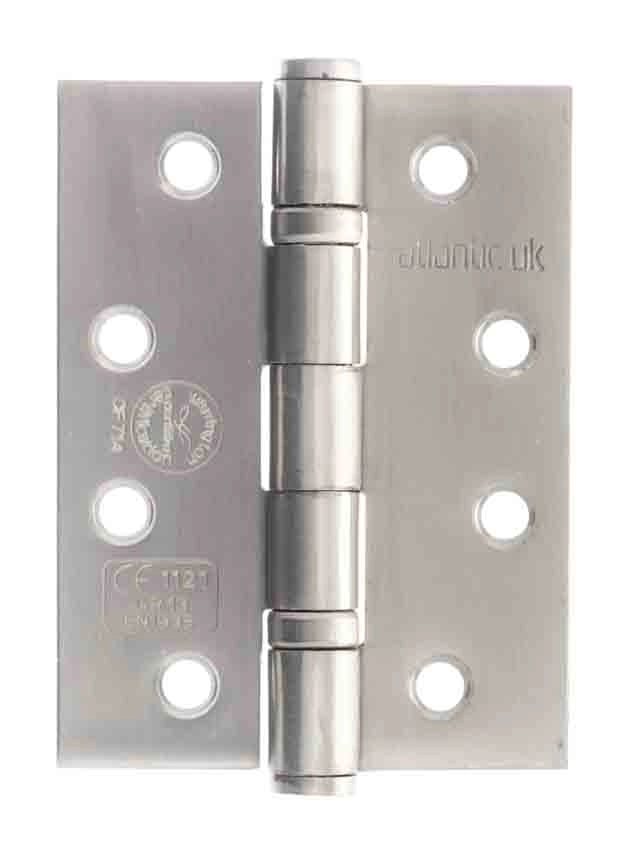Why Do Internal Doors Swell in Winter?
Key Takeaways
| Aspect | Details |
|---|---|
| Cause of Swelling | Changes in humidity and temperature during winter |
| Affected Door Types | Solid wood, engineered wood, and wood veneer doors |
| Prevention Measures | Maintaining consistent indoor temperature and humidity levels |
| Fixing Swollen Doors | Sanding, planing, or adjusting hinges and latches |
| Long-term Solutions | Choosing doors with stable materials and proper sealing |
Key Elements of Internal Door Swelling in Winter
- Humidity and temperature fluctuations
- Wood's natural response to moisture
- Door construction and materials
- Indoor environmental control
- Proper door installation and maintenance
Introduction
As the winter season approaches, many homeowners may notice their internal doors becoming harder to open and close. This common issue is caused by the swelling of door materials due to changes in humidity and temperature. In this article, we will explore the reasons behind internal door swelling in winter and provide solutions to mitigate the problem.
Understanding the Cause
The primary culprit behind internal door swelling in winter is the change in humidity levels. As the weather turns colder, we tend to heat our homes, which can lead to a decrease in indoor humidity. Wood, being a hygroscopic material, absorbs moisture from the surrounding air. When the humidity drops, the wood releases moisture, causing it to contract and swell.
Affected Door Types
While all wooden doors are susceptible to swelling, some types are more prone to this issue than others:
- Solid wood doors, such as pine internal doors, are particularly sensitive to humidity changes due to their natural composition.
- Engineered wood doors, which consist of layers of wood veneers, may also experience swelling, although to a lesser extent than solid wood doors.
- Wood veneer doors with a solid core can be affected by swelling, primarily in the veneer layer.
Prevention Measures
To minimize the risk of internal door swelling in winter, homeowners can take several preventive measures:
- Maintain consistent indoor temperature and humidity levels using a thermostat and humidifier.
- Ensure proper ventilation to prevent excess moisture buildup, especially in bathrooms and kitchens.
- Apply weather stripping and door sweeps to seal gaps and prevent drafts.
- Choose doors made from stable materials, such as primed doors, which are less susceptible to swelling.
Fixing Swollen Doors
If your internal doors have already fallen victim to swelling, there are several ways to address the issue:
- Sand down the edges of the door to create more clearance in the frame.
- Plane the door to reduce its size slightly, ensuring a better fit.
- Adjust the hinges or latches to accommodate the swollen door.
- Use a dehumidifier to remove excess moisture from the room.
Long-term Solutions
For a more permanent fix, consider investing in doors made from materials that are less prone to swelling, such as:
- Prefinished oak doors, which have a protective coating that helps resist moisture.
- Composite doors, which combine wood fibres with resins for enhanced stability.
- Fibreglass or steel doors, which are not affected by humidity changes.
The Importance of Proper Door Installation
Regardless of the door material, proper installation is crucial to minimize the risk of swelling. Ensure that your doors are:
- Fitted with the appropriate door hinges and latches.
- Installed with adequate clearance in the frame to allow for natural expansion and contraction.
- Sealed with weatherstripping and door sweeps to prevent drafts and moisture infiltration.
Conclusion
Internal door swelling in winter is a common issue faced by many UK homeowners. By understanding the causes and taking appropriate preventive measures, you can minimize the impact of humidity changes on your doors. If swelling does occur, various fixes can help restore your doors' functionality. For long-term solutions, consider investing in doors made from stable materials and ensure proper installation to enjoy smooth-operating internal doors all year round.















